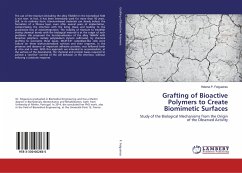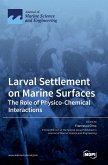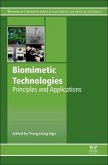The use of the titanium (including the alloy Ti6Al4V) in the biomedical field is not new. In fact, it has been extensively used for more than 50 years. Still, in its ordinary form, titanium-based materials can slowly induce the formation of a fibrous layer, even after several years of implantation, compromising the interface with the living tissue and leading to the progressive loss of osteointegration. The inability of titanium to establish strong chemical bonds with the biological material is at the origin of such problems. We proposed the functionalization of the alloy Ti6Al4V with bioactive polymers, namely poly(sodium styrene sulfonate), by chemical grafting to overcome these issues. MC3T3-E1 osteoblast-like cells were culture on these biofunctionalized surfaces and their response, in the presence and absence of important adhesive proteins, was followed both in vitro and in vivo. With this approach we intended to accommodate, at the surface of the biomaterial, the chemical and protein bases required to achieve a "perfect" control of the cell behavior at the interface, without inducing a cytotoxic response.








